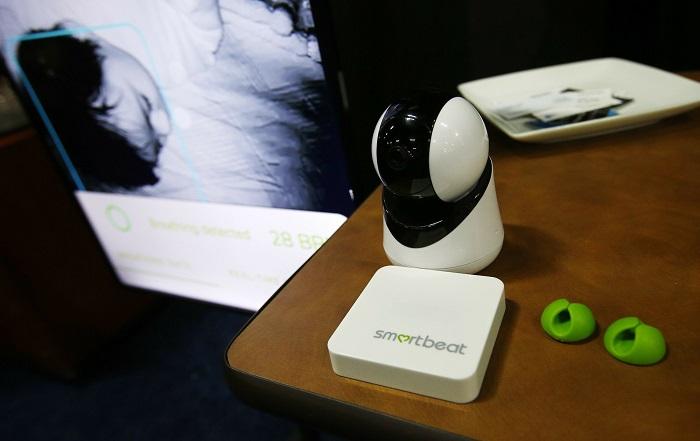NEW YORK—One day, finding an oven that only cooks food may be as tough as buying a TV that lets people change the channel.
Internet-connected “smarts” are creeping into cars, refrigerators, thermostats, toys, and just about everything else at home. CES 2019, the gadget show opening Tuesday in Las Vegas, will showcase many of these products, including an oven that coordinates recipes and a toilet that flushes with a voice command.





